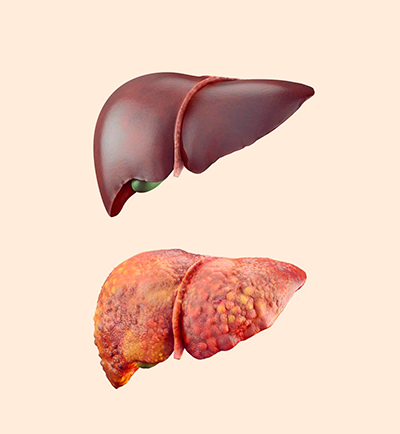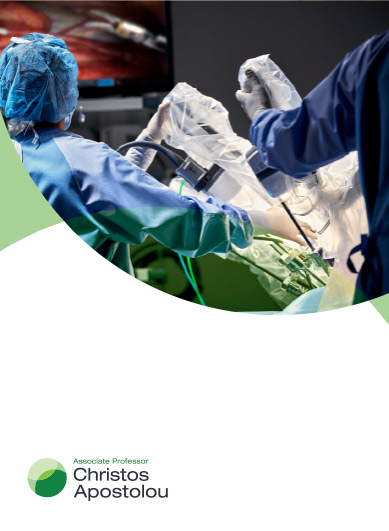The most common primary cancer of the liver is hepatocellular carcinoma (HCC). This cancer is related to cirrhosis, which may be caused by excessive alcohol, Non-Alcoholic Steato-Hepatitis (NASH, also known as Fatty Liver), or Hepatitis B or C infection.
Colorectal cancer may also spread to the liver (metastasise). Although this is not a true liver cancer, it represents a large proportion of cancers for which liver surgery is performed in Australia.
In addition to cancer, there are a wide variety of benign conditions that may be detected on imaging performed for other regions and may be mistaken for cancer.
The diagnosis of liver tumours is based on a combination of the patient’s history, blood tests, specialised imaging such as a CT or MRI scan of the liver, and only occasionally with a biopsy.
Once the diagnosis is made, there are a variety of treatment options available. Surgery is normally the gold standard treatment and, when appropriate, can be performed by either laparoscopy (keyhole surgery) or open surgical approaches.
Liver transplant is a treatment option available for some people with liver cancer who meet certain criteria.




